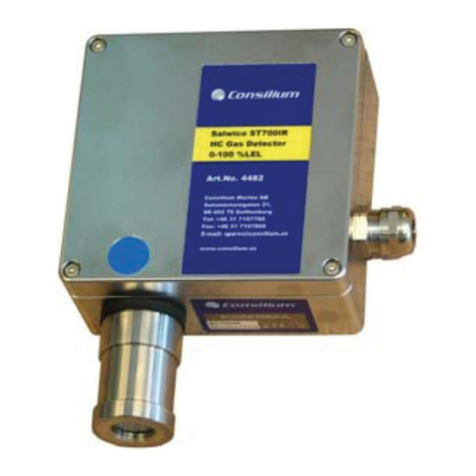
Table of contents
5100396_OPSIS_M800_Commissioning Manual_M_EN_2019_B
Table of Contents
Table of Contents....................................................................................................................................1
Admonitions............................................................................................................................................ 1
1Introduction..................................................................................................................................... 2
1.1 Purpose.................................................................................................................................... 2
2General safety rules......................................................................................................................... 3
2.1 High Voltage........................................................................................................................... 3
2.2 Heavy equipment ....................................................................................................................3
2.3 Strong UV light.......................................................................................................................3
2.4 Hazardous components ...........................................................................................................3
3Measuring path commissioning ......................................................................................................4
3.1 Measuring path alignment.......................................................................................................4
3.2 Measuring path length............................................................................................................. 4
4Emitter and receiver commissioning...............................................................................................6
4.1 Install the emitter and receiver................................................................................................6
4.2 Install the light bulb in the emitter..........................................................................................6
4.3 Emitter power cable ................................................................................................................7
4.4 Receiver fiber optic cable .......................................................................................................7
4.5 Purge air.................................................................................................................................. 7
5Purge air commissioning.................................................................................................................8
5.1 Purge air station ......................................................................................................................8
5.2 Purge air hose commissioning ................................................................................................ 8
5.3 Purge air settings.....................................................................................................................9
6Installing the analyzer ...................................................................................................................10
6.1 Before installing the analyzer ...............................................................................................10
6.1.1 Analyzer transportation.................................................................................................10
6.1.2 Power on the main cabinet............................................................................................10
6.1.3 Install the analyzer ........................................................................................................11
7Aligning the light ..........................................................................................................................11
7.1 Aligning the light basics .......................................................................................................11
7.2 A guide to set the light ..........................................................................................................12
8Multiplexer setup ..........................................................................................................................15
8.1 Multiplexor basics.................................................................................................................15





























